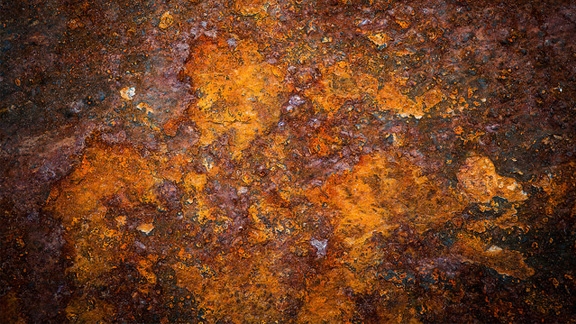Solutions to corrosive problems are often found by looking at both sides of the situation. It was in that spirit that researchers at the Energy Department’s Argonne National Laboratory looked into the corrosive problem of, well, corrosion. One of the world’s most costly and most common chemical reactions, it typically shows up as rust. And… Keep reading →
Corrosion
Sign up and get Breaking Energy news in your inbox.
We will never sell or share your information without your consent. See our privacy policy.A recent report by consultancy IHS Cera takes aim at common arguments against development of Canadian oil sands, but acknowledges the need for continued – and improved – environmental monitoring and regulation. Groups opposed to construction of the Keystone XL pipeline frequently feature the following claims on their websites: that the pipeline will not enhance… Keep reading →

The theme of this Q&A is “Why pipes matter.” Can you address this question in a
nutshell?
A. Definitely. As you know, the era of cheap, easy oil is over. The International Energy Agency estimates that 70 percent of the world’s remaining oil reserves consist of crude oil with either high sulfur or CO2 content that requires high quality, corrosion-resistant materials. In order to keep up with demand, oil companies must identify new technologies to develop these heavy oil reserves. The same is true of gas – gas from more than 50 percent of the world’s gas fields is highly corrosive. In these challenging environments, oil and gas developers need to leverage every available technical solution to maintain optimal production. A key element is the integrity of risers and flowlines, which is where corrosion-resistant clad pipe comes into play. Keep reading →


